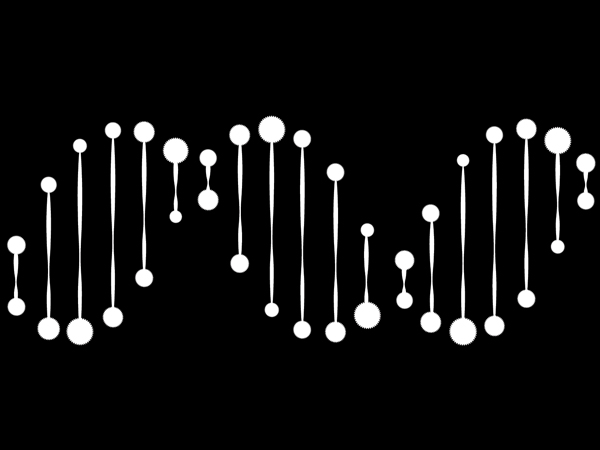


Since joining the UW faculty of the Allen School and the UW Department of Electrical & Computer Engineering in 2008, Seelig has continued to make the magical actual and sleight of hand scientific. That brilliance has followed him throughout his career. “The idea seemed both almost trivial,” he said, “and incredibly brilliant.” The work struck Seelig with its simplicity - with just a few tweaks, scientists could, quite literally, bend the building blocks of life to their liking. Dubbed “molecular tweezers” for its pincer-like mimicry, the motor could be switched between an open and a closed configuration by adding two more synthetic DNA strands. He didn’t think of himself as a practitioner.īut his perspective changed after meeting Bernard Yurke, a physicist at Bell who was building a synthetic molecular motor that could revolutionize the field. Before his internship at Bell Laboratories, he had trained as a theoretical physicist. Now a leader in the field, Seelig said a turning point for him came early on in his academic journey.
#DNA STANDS FOR IN COMPUTER FULL#
“Cells are full of proteins that destroy foreign DNA and other molecules that sequester it in different subcellular compartments.” “This brings up a whole range of different challenges because the interior of cells is an infinitely more complex environment than a test tube with a bit of salt water,” Seelig said. Prior to his work, inputs to the circuits were synthesized chemically and not produced inside a cellular environment.

For instance, he pioneered adapting strand displacement technology to living cells. Seelig’s work with DNA strand displacement, scalable DNA data storage and retrieval, and technologies for single-cell sequencing and analysis of gene regulation has helped push the frontiers of molecular programming. “The field has grown quite a bit since the beginning but remains very collaborative and collegial.” “It’s wonderful to get this recognition from my community,” Seelig said. Last month, Seelig, a faculty member in the Allen School and Department of Electrical & Computer Engineering, was hailed as the “DNA Computer Scientist of the Year” by the International Society for Nanoscale Science, Computation and Engineering (ISNSCE), who named him the winner of the 2023 Rozenberg Tulip Award in recognition of his leadership and original contributions that have advanced the field of DNA computing. A little more than two decades ago, University of Washington professor Georg Seelig began planting the seeds of a career in theoretical physics, seeking elegant solutions to the mysteries of the natural world.


 0 kommentar(er)
0 kommentar(er)
